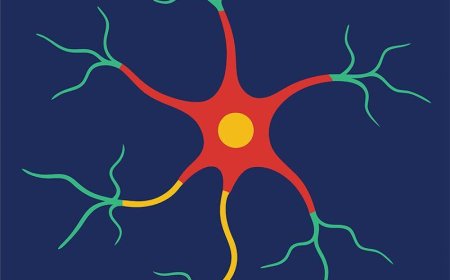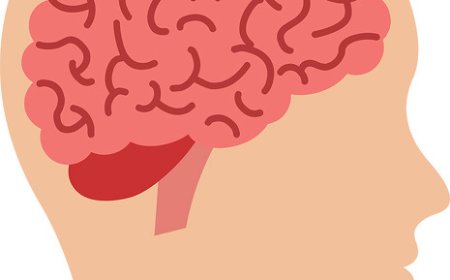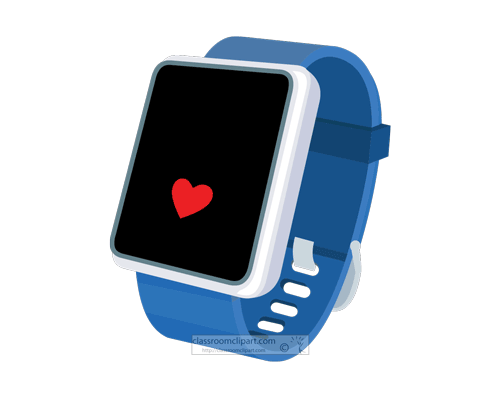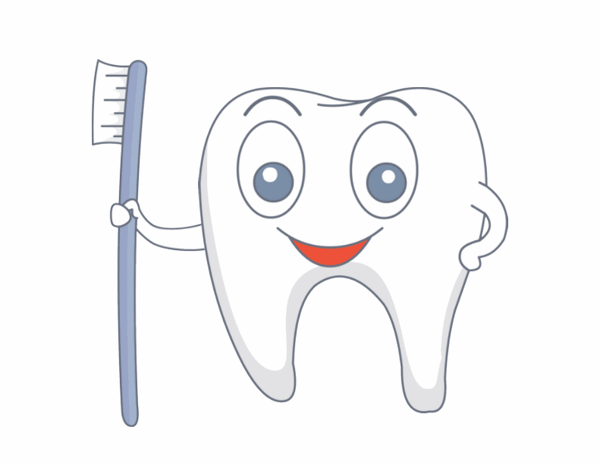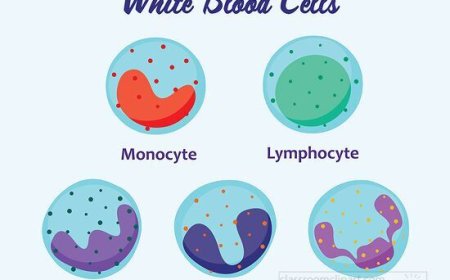blood Vessels for Students: How Arteries, Veins, and Capillaries Keep Blood Moving
Discover how blood vessels work in this detailed student-friendly article. Learn the differences between arteries, veins, and capillaries and how they help your heart circulate blood. Includes quiz, vocabulary, and a kid-friendly summary.
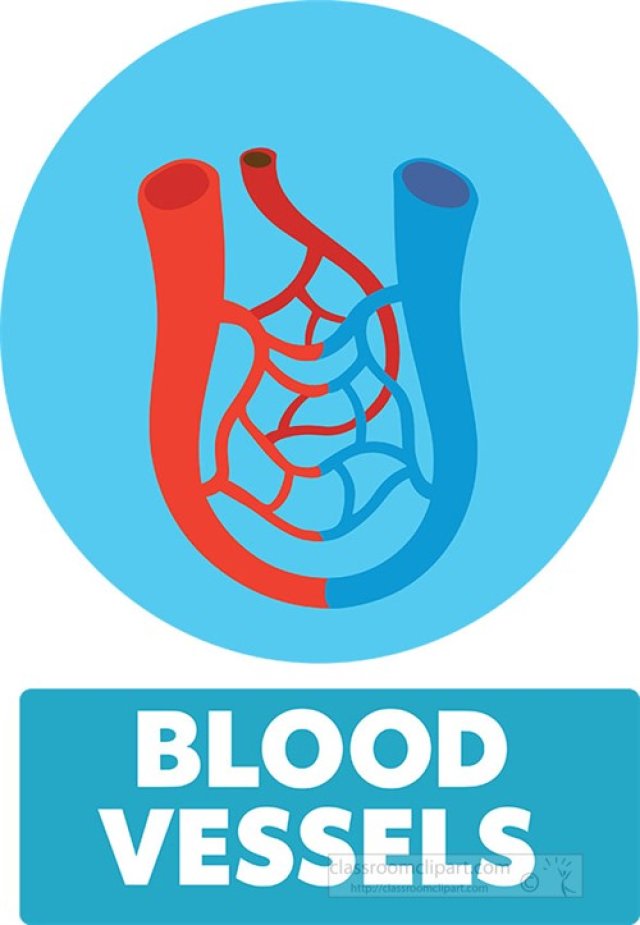
🩻 Blood Vessels: How Arteries, Veins, and Capillaries Keep Blood Moving
Blood vessels are the incredible highways of your circulatory system. They form a massive network that carries blood to and from every single part of your body. Whether it’s oxygen traveling to your toes or waste returning to your lungs, your blood vessels do the transporting—and they never stop.
There are three main types of blood vessels: arteries, veins, and capillaries. Each one plays a special role and has its own unique structure. These vessels connect the heart with every cell in your body, creating a closed loop system that runs over 60,000 miles long—long enough to circle the Earth more than twice!
🟥 Arteries: The High-Pressure Delivery Routes
Arteries are the strongest and thickest blood vessels in your body. Their job is to carry oxygen-rich blood away from the heart and deliver it to your organs and tissues.
Because they handle blood that’s just been pumped out of the heart, arteries must deal with high pressure. Their muscular walls are stretchy and flexible, helping them expand with each heartbeat and push blood forward. You can feel this pressure in places like your wrist or neck—this is your pulse.
The largest artery in your body is the aorta, which comes straight out of the heart and branches off to supply blood to your entire body. Arteries get smaller and smaller as they move away from the heart, eventually turning into capillaries.
🟦 Veins: The Return Pathways
Veins are the return roads of the circulatory system. They carry oxygen-poor blood back to the heart after your body’s cells have used up the oxygen.
Since the blood in veins has already passed through the body, the pressure is much lower. To help move the blood along, veins have valves—tiny flaps that act like doors to keep blood flowing in only one direction. These valves stop blood from flowing backward, especially in your legs, where blood has to move upward against gravity.
The largest veins are the superior vena cava and inferior vena cava, which collect blood from the top and bottom halves of your body and return it to the heart.
🟨 Capillaries: Tiny Connectors That Make Big Things Happen
Capillaries are the smallest and thinnest blood vessels, but they do some of the most important work. These tiny tubes connect arteries and veins, forming a network that reaches every cell in your body.
Capillary walls are only one cell thick, which makes it easy for materials to pass in and out. This is where the real exchange happens:
- Oxygen and nutrients leave the blood and enter the cells
- Carbon dioxide and waste leave the cells and enter the blood
Capillaries are found everywhere—your skin, brain, muscles, and organs all depend on them. They’re so tiny that red blood cells pass through one at a time, often squeezing through like jelly beans through a straw.
🔁 How Blood Travels Through the Vessels
Your heart is the pump, and the blood vessels are the roads. Here’s how blood travels in a full loop:
- The heart pumps oxygen-rich blood into arteries.
- Arteries branch into smaller and smaller vessels until they become capillaries.
- In capillaries, oxygen and nutrients move into cells. Waste and carbon dioxide enter the blood.
- Capillaries join together to form small veins, which join into larger veins.
- Veins return oxygen-poor blood to the heart, which sends it to the lungs to get more oxygen.
This cycle repeats over and over, about once every minute, keeping your entire body alive and energized.
🏃♂️ Keeping Your Blood Vessels Healthy
Because blood vessels are so important, it’s vital to keep them in good shape. Damaged blood vessels can cause serious problems like heart disease, stroke, or poor circulation.
You can keep your vessels strong and healthy by:
- Eating heart-friendly foods like fruits, vegetables, and healthy fats
- Exercising regularly to keep blood flowing
- Drinking enough water to help your blood stay smooth and moving
- Avoiding smoking, which can damage vessel walls
- Getting enough sleep to allow your body to repair and grow
🎉 Fun Facts About Blood Vessels
- Laid end to end, your blood vessels would stretch about 60,000 miles
- Capillaries are so small, they’re invisible to the naked eye
- Veins look blue through your skin, but blood inside them is actually dark red
- Arteries don’t have valves because the heart’s pressure keeps blood moving
- Your pulse is the feeling of arteries expanding with each heartbeat
🧠 Vocabulary
- Artery – A blood vessel that carries blood away from the heart
- Vein – A blood vessel that returns blood to the heart
- Capillary – The smallest blood vessel, where oxygen and nutrients are exchanged
- Valve – A flap in veins that keeps blood moving one way
- Aorta – The body’s largest artery, carrying blood from the heart
- Vena cava – The body’s largest veins, returning blood to the heart
- Pulse – The beat you can feel as blood moves through arteries
- Circulation – The flow of blood through the heart and body
- Oxygen-rich blood – Blood full of oxygen, heading to the body
- Oxygen-poor blood – Blood carrying carbon dioxide, returning to the lungs
✅ Interactive Quiz: Vessel Victory!
1. Which vessels carry blood away from the heart?
A. Veins
B. Arteries
C. Capillaries
D. Nerves
Correct Answer: B
2. What are the smallest blood vessels called?
A. Arteries
B. Veins
C. Capillaries
D. Tubes
Correct Answer: C
3. What helps veins move blood in the right direction?
A. Muscles
B. Valves
C. Oxygen
D. Heartbeats
Correct Answer: B
4. Where does the exchange of oxygen and waste happen?
A. Arteries
B. Capillaries
C. Veins
D. Lungs
Correct Answer: B
5. What color is blood in the veins?
A. Blue
B. Green
C. Bright red
D. Dark red
Correct Answer: D
6. What is the largest artery in the body?
A. Pulmonary vein
B. Aorta
C. Vena cava
D. Capillary
Correct Answer: B
7. Which vessels connect arteries and veins?
A. Lungs
B. Muscles
C. Capillaries
D. Nerves
Correct Answer: C
8. What can you do to keep your blood vessels healthy?
A. Eat fried food
B. Stay still all day
C. Drink sugary soda
D. Exercise and eat fruits
Correct Answer: D
🧒 Kid-Friendly Summary
Your blood vessels are like tiny highways inside your body. Arteries send blood out from your heart, veins bring it back, and capillaries do the swapping of oxygen and waste. They all work together to keep your blood moving and your body healthy—so treat them kindly!


















































